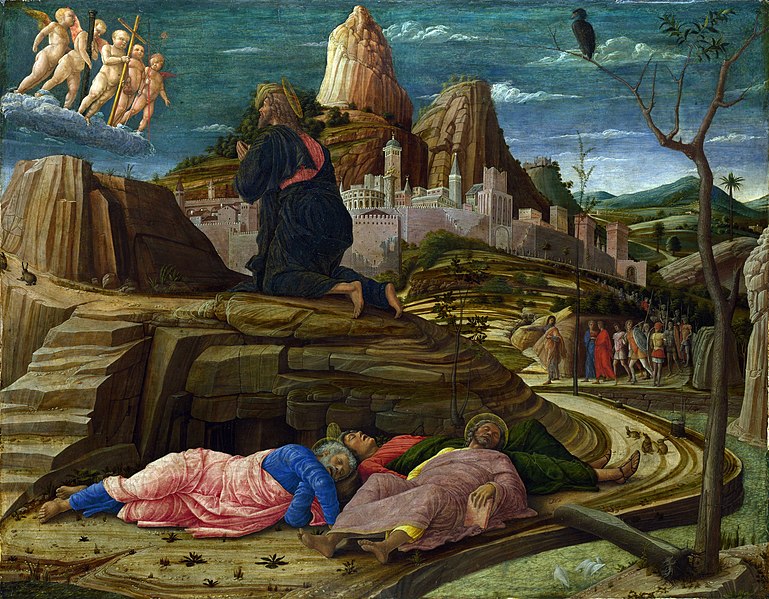 On July 29, 1937, one ecstatic man had his dreams come true when a beautiful woman walked down the aisle to join him—in front of the altar, in holy matrimony, and in life. He wasn’t the only one who was happy; that woman was equally overjoyed. Everyone thought she was going to marry a wealthy local businessman, but instead, she fell in love with a man who had quit school at the age of fourteen when his father died to support his mother and six siblings. He was responsible, but certainly not well-to-do; it was likely they would never reach anything more than a middle-class lifestyle.
On July 29, 1937, one ecstatic man had his dreams come true when a beautiful woman walked down the aisle to join him—in front of the altar, in holy matrimony, and in life. He wasn’t the only one who was happy; that woman was equally overjoyed. Everyone thought she was going to marry a wealthy local businessman, but instead, she fell in love with a man who had quit school at the age of fourteen when his father died to support his mother and six siblings. He was responsible, but certainly not well-to-do; it was likely they would never reach anything more than a middle-class lifestyle.
And she couldn’t have cared less.
He was smart, incredibly handsome, funny, and the kindest man she had ever met. On July 29, 2013, seventy-six years after she married him, she’ll still tell you that was the best decision of her life.
How do I know all this?
Because I’m talking about my grandparents, and this is their story.
 There were plenty of milestones in their lives. The purchase of their first and only home together, her first pregnancy (sadly, their son was a stillbirth), the birth of their two daughters, their twenty-fifth anniversary, the marriage of their two daughters, the birth of six grandchildren, their fortieth anniversary… You get the idea. Those are the same milestones we all look forward to.
There were plenty of milestones in their lives. The purchase of their first and only home together, her first pregnancy (sadly, their son was a stillbirth), the birth of their two daughters, their twenty-fifth anniversary, the marriage of their two daughters, the birth of six grandchildren, their fortieth anniversary… You get the idea. Those are the same milestones we all look forward to.
Thing is, they didn’t make it to their fiftieth anniversary. My grandfather died in 1986, one year short of that milestone.
If my grandmother only lived for the milestone moments, she would have missed out on so much. Scenic drives, sitting on the porch watching sunrises and sunsets, sharing meals (large holiday celebrations with family and small intimate meals together), evenings spent by candlelight when the power was out, listening to the radio…
Milestone moments are highlights, but real life happens in the in-between. (Tweet this.)
When my grandmother reminisces about my grandfather, she doesn’t tell me about anniversary parties and major purchases. She tells me about board games and shopping trips, social gatherings and carwashes. My grandmother lived in the in-between, and because of it, she didn’t miss a second of her wonderful marriage.
I wish we all could appreciate the minutes we have instead of waiting for moments that may never come. (Tweet this.)
I learned from my grandmother to appreciate the in-between. Sure, I’m often going from tennis match to football game, speed camp to school event.
Life can get so hectic that we miss living it. (Tweet this.)
But, when was the last time:
- your whole family gathered around the table for a meal?
- you stayed up all night talking?
- you turned the television off and danced to your favorite slow song?
- you said “I love you,” not because you were running out the door, but because you needed to express your feelings?
If you believe life is worth living all the time, not just during special events, then you’ve already tapped in to one secret of happiness.
If you’ve been waiting for milestone after milestone, maybe it’s time to reevaluate.
In either case, I’d like to encourage you to read Jeff Goins’s new book, The In-Between.

Jeff says, “The In-Between is a call to accept the importance that waiting plays in our lives by helping you:
- Find personal meaning in the times that make the least sense.
- Hone the underestimated art of living in the moment.
- Experience the joy that comes with embracing inconveniences.”
The In-Between is available for pre-order, and if you buy the paperback copy now, you’re eligible for $240 worth of free gifts, too. (Click here to learn more about Jeff’s generous offer.)
For Writers: Do you let your characters explore the in-between? Plots grow stagnant if they don’t move from high-point to high-point, and character relationships are often forged in these moments. But remember the movie Speed? Keanu Reeves’s character parroted a statement Sandra Bullock’s character had said earlier in the movie. “…relationships based on intense experiences never work.” And there’s truth to that. Intense experiences make for interesting plot progression, but character feelings develop best in the quiet moments between those experiences. Give your characters time to grow in the in-between.
My grandparents lived, loved, and thrived in the in-between. Wouldn’t you like to do the same?
Do you have any in-between insights you’d like to share? Please tell us your story in the comments section.












